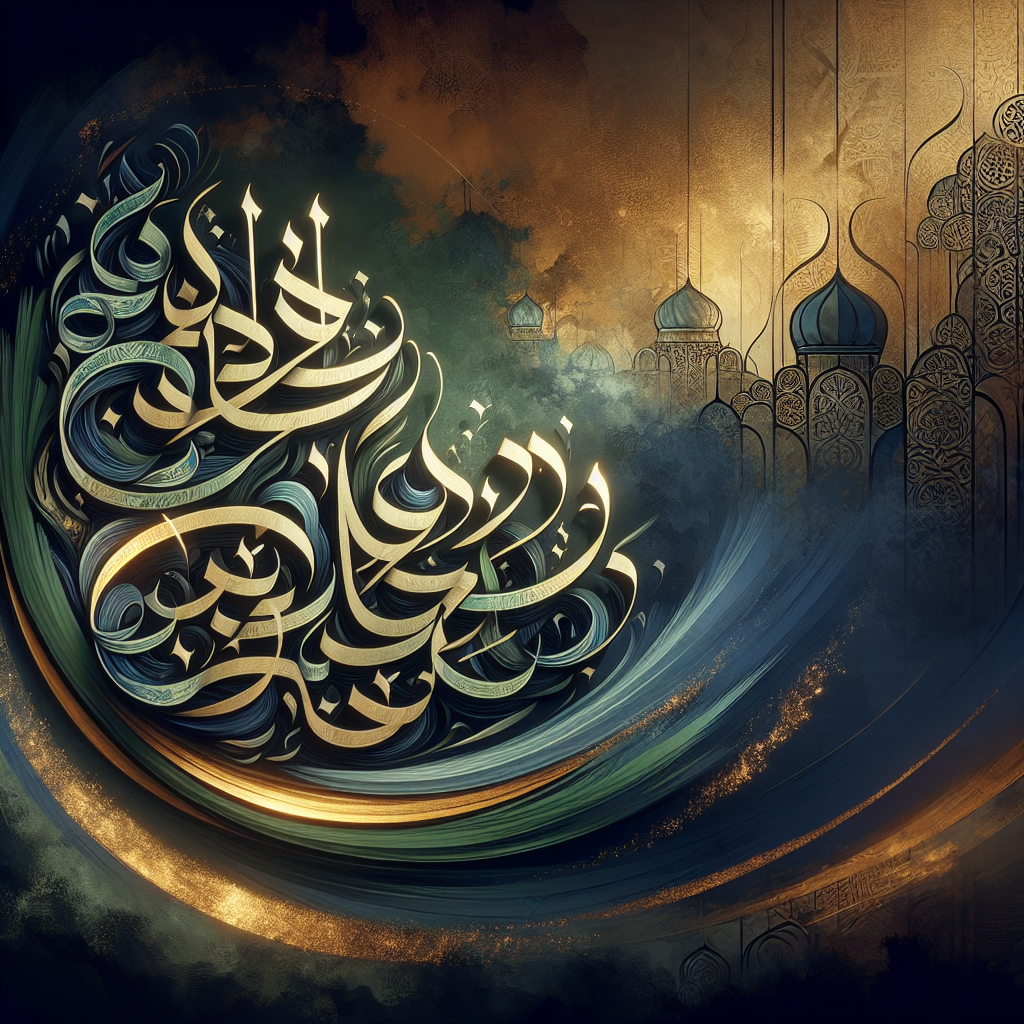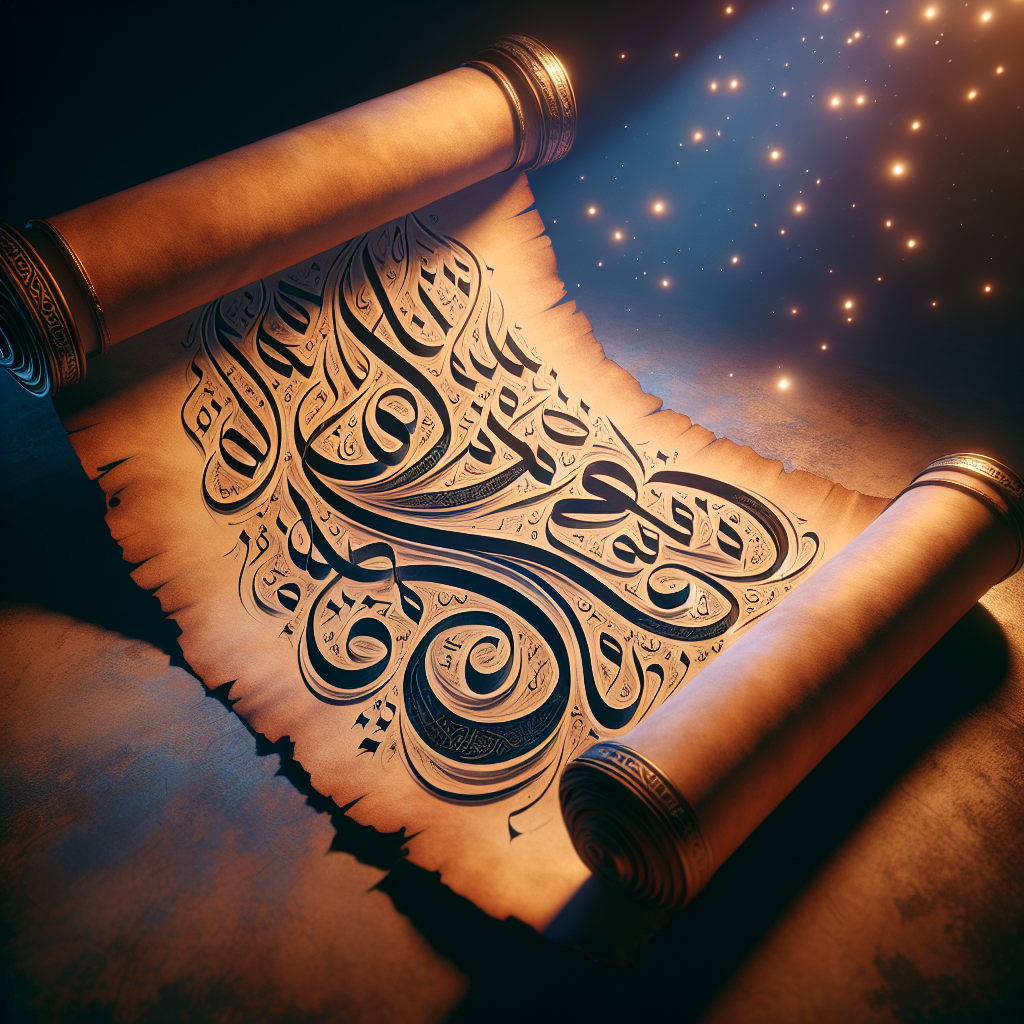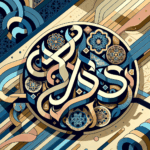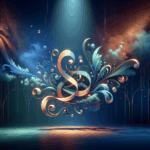The Arabic Alphabet and Its Influence on Global Artistic Movements
Welcome to a fascinating exploration of the Arabic alphabet and its incredible impact on artistic movements worldwide. From calligraphy to modern art, this script has left an indelible mark. Let’s dive into how these elegant strokes have inspired creativity across the globe.
Table of Contents
1. Introduction to the Arabic Alphabet
2. The Role of Arabic Calligraphy in Art
3. Arabic Script in Modern Art
4. Influence on Design and Architecture
5. Conclusion
6. FAQs

Introduction to the Arabic Alphabet
The Arabic alphabet, with its 28 letters, is not just a tool for communication but a canvas for artistic expression. Each letter tells a story, and the flowing curves have fascinated artists for centuries. Did you know that Arabic is written from right to left? This unique feature alone has challenged and inspired creators to think outside the box. 🖌️
The Role of Arabic Calligraphy in Art
Arabic calligraphy is a revered art form, often considered the pinnacle of artistic expression in the Islamic world. The meticulous art of shaping letters into visually stunning forms has been practiced for over a thousand years. It’s not just about writing; it’s about creating beauty. Artists like Hassan Massoudy have taken this tradition to new heights, blending classical techniques with contemporary styles.

Calligraphy isn’t confined to religious texts. It has found its way into everything from poetry to political commentary, making it a versatile tool for expression. The rhythmic flow of the letters captivates both creators and viewers, bridging cultural and linguistic divides.
Arabic Script in Modern Art
In modern art, the Arabic script has surfaced in surprising ways. Artists worldwide have adopted its aesthetic, integrating it into paintings, sculptures, and even digital media. The script’s abstract nature makes it a perfect medium for artists like Lalla Essaydi, who use it to challenge stereotypes and explore identity.
Beyond traditional mediums, Arabic script has inspired typography and graphic design. The intricate lines and curves offer endless possibilities for creative exploration. Whether it’s in a gallery or a digital landscape, the Arabic alphabet continues to inspire modern artists to push boundaries. 🎨
Influence on Design and Architecture
Architecture and design have also felt the influence of the Arabic alphabet. The Alhambra in Spain is a stunning example where calligraphy and architecture meet. The intricate carvings and mosaics incorporate Arabic script, creating spaces that are both functional and spiritually uplifting.
Modern architects draw from this rich heritage, using calligraphic elements in contemporary designs. The Burj Khalifa’s design, for example, is inspired by Islamic art and architecture, showcasing how ancient scripts can influence futuristic landscapes.
Conclusion
The Arabic alphabet is more than just a series of letters—it’s a profound artistic language that transcends cultural barriers. From traditional calligraphy to modern design, its influence is vast and varied. As we continue to explore and celebrate this script, it reminds us of the power of art to connect and inspire globally. 🌍
FAQs
Q: Why is Arabic calligraphy so important in Islamic art?
A: Arabic calligraphy is central to Islamic art because it is used to transcribe the Quran, Islam’s holy book. It elevates the written word to an art form, reflecting the spiritual significance of the text.
Q: How has the Arabic alphabet influenced modern design?
A: The Arabic alphabet has inspired modern design through its unique structure and aesthetics. Designers incorporate its flowing lines into typography, logos, and digital art, creating visually striking pieces.
Q: Can non-Arabic speakers appreciate Arabic calligraphy?
A: Absolutely! While understanding the language adds depth, the visual beauty and artistic expression of Arabic calligraphy can be appreciated universally, much like any form of art.
Q: Are there famous artists known for using Arabic script in their work?
A: Yes, artists like Hassan Massoudy and Lalla Essaydi are renowned for their innovative use of Arabic script, blending traditional calligraphy with modern themes.
Q: Is the Arabic script used in digital art?
A: Yes, the Arabic script is increasingly popular in digital art, where it provides a rich source of inspiration for dynamic, contemporary works.





